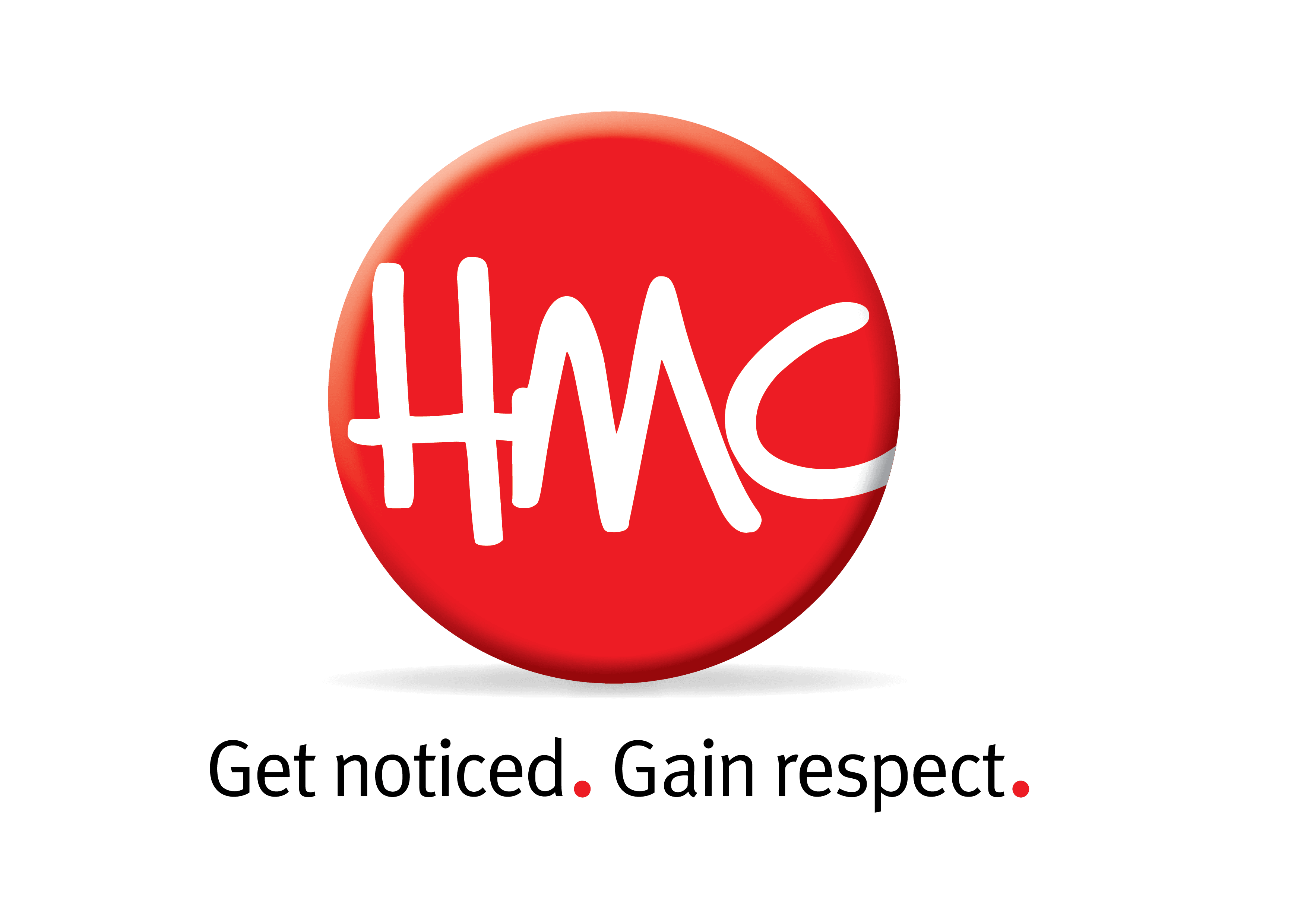Imagine you’ve moved into a new house, and you have a sizeable blank wall and a collection of photos and artworks. You want them on display but you’re heading out, so you ask someone else to just choose some and put them up.
You get home and the wall looks perfectly…fine. But they haven’t picked ones you’d have chosen, and you don’t love the arrangement. There’s all different frame colours, whereas you were hoping for a common aesthetic. They’re aligned in rows, when you prefer a freeform approach. They’ve focused on travel and art, while you’re hankering for the warmth of family memories.
But should you really be surprised, given the loose nature of your instructions, or lack thereof?
We’ve heard it all. “You know the kind of thing we like, right?” for example. Or the inevitable “do what you think best” can be as much of a curse as it can be a compliment.
A useful brief doesn’t have to be onerous, but it’s a vital stage that, if missed, can take us all to a position of dangerous assumption.
A basic ‘who, what, why, where, when’ can make all the difference in getting your vision clear in the mind of the person you’re calling on for support. It gives confidence in the destination and how to get there, even if specific routes, passengers and modes of transport will be determined along the way.
Big campaigns or strategies get robust attention, well-thought-through plans and tactical approaches are clearly defined…most of the time.
But it’s often the smaller, one-off or supplementary requests that often seem to suffer from Briefer’s Neglect.
The team supporting you understands the pressures clients are under and that, in reality, not every job requires a time-consumingly detailed brief. But the quick note of ‘ask and hope’ butters no parsnips.
Tightening up on their own internal processes, a client introduced a new checklist for all PR and comms activities. Four simple headings allow a succinct overview of what’s needed, in what way and to what end. Yes, there will be instances where further questions will be needed but, so far, their new ‘quick brief’ is giving all we need to head in the right direction.
Admittedly, sometimes there’s a germ of idea that has resonated with your comms goals but defining it may be a challenge. Working with your agency to help you pull together a focused brief can clarify the idea into a workable plan of action and well-defined outcomes. Understanding your organisation and your vision, they work in partnership to create something that will get the job done, or even blow your expectations out of the water.
Managing expectations in any professional services industry is an everyday challenge. Have I done enough? Was the timing right? Was the tone right for the audience? Did I have all the facts and features at my fingertips to tell this story right? All just some of the questions we end up worrying about if we find ourselves working through an assumption-riddled process.
It's our job to ‘interrogate’ a brief if it’s not clear, and no client should feel aggrieved if we challenge thinking or ask for more. We’re all aiming for a common goal and if we can’t see the rings on the target clearly enough, we’re doing our clients a disservice if we didn’t ask for a brief to be brought into focus.
So, what’s the advice? Invest the time in a clear brief, even if it will need to be fleshed out and honed as the project progresses. Either take time to cover the main questions up front, or answer questions and risk wrong turns along the way. You can take a fair guess at which option will be more costly in the end.
Essentials of a basic brief:
Who matters? Prioritise and fine tune the criteria for who you want to reach, which helps with getting the message right and choosing the right channels to reach them. The more tightly defined your criteria, the more likely your messaging will hit home.
Say what? What’s the main thing you want them to get from your communication? Avoid overloading your audience with too many ideas. Again, prioritise.
But why? Say what you want to achieve from this brief so that expectations are clear. Aligning your goals with your audience is key too – why should they care about what you’re saying or, if not, can they be convinced? A healthy dose of realism helps here too.
Time and money? Deadlines and budgets bring focus and make sure your comms are fit for purpose. If you’re picturing the equivalent of a 6-bedroom mansion but your budget is a 2-bed townhouse, everyone needs to be working off the same blueprint.

